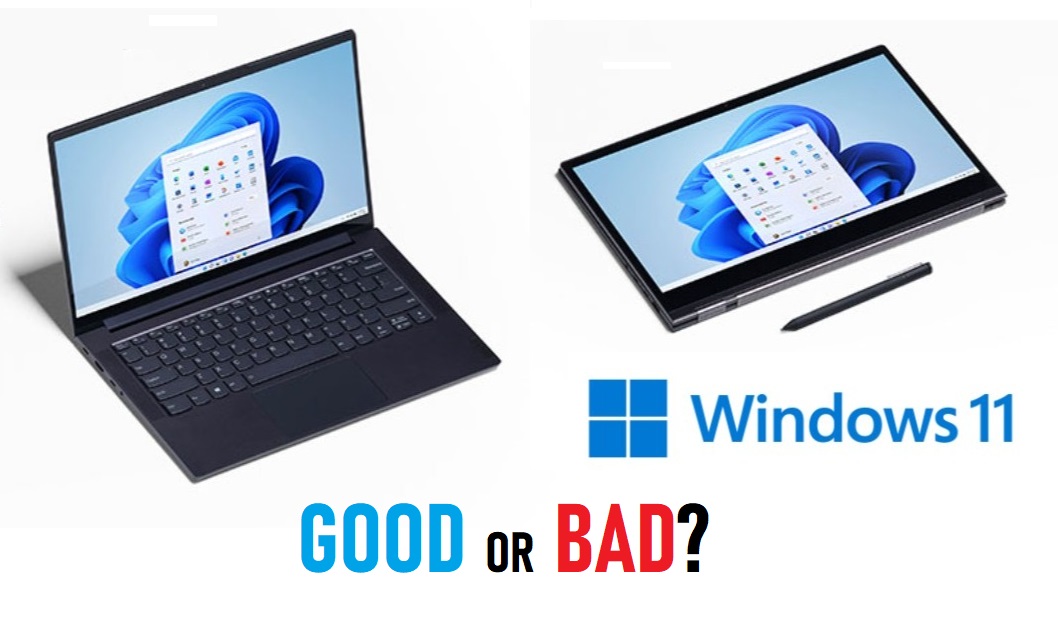Despite launching back in 2021, Windows 11 is still only capturing around 30% of the desktop operating system market share. This is quite modest compared to Windows 10, which rapidly became the dominant Windows version within a couple of years. So why aren’t more people making the switch to Windows 11? Here’s a closer look at the reasons behind the slow adoption and what you should consider if you’re thinking about upgrading.
Key Takeaways
- Stricter System Requirements: Windows 11 has high hardware standards that leave many users behind.
- Performance Issues: Even newer PCs can experience performance problems.
- Lack of Compelling Features: Many users don’t see enough new features to justify the upgrade.
- Windows 10 Still Works Well: For many, Windows 10 continues to meet their needs without any issues.
High System Requirements: A Barrier to Entry
One of the biggest hurdles for Windows 11 is its stringent system requirements. Unlike Windows 10, which was compatible with a broad range of hardware, Windows 11 demands TPM 2.0 (Trusted Platform Module) and specific CPU models.
What Is TPM 2.0?
TPM 2.0 is a security feature that helps protect sensitive data by encrypting it. While it’s a step towards making systems more secure, it also means that older PCs, which might otherwise handle modern tasks just fine, can’t upgrade to Windows 11. Even if you can add a TPM 2.0 module to a desktop motherboard, many users aren’t tech-savvy enough to make this modification.
CPU Compatibility Issues
Windows 11 also requires a compatible CPU, which has excluded many machines that are otherwise capable of running most modern applications. This restriction is designed to ensure that only systems with the latest security features are running the new OS, but it leaves a lot of perfectly functional hardware out in the cold.
Performance Problems Even on New Hardware
Even for those with the latest PCs, Windows 11 hasn’t been without issues. Some users have reported that the new OS can be laggy, with even high-end machines experiencing slowdowns.
User Experiences
For example, one Microsoft engineer showed footage of a laggy Start Menu on a PC with an Intel Core i9 CPU and 128 GB of RAM. This performance issue might seem surprising given the high specs of the hardware. Such problems suggest that Windows 11 may not be fully optimized for all new systems yet.
Lack of Compelling Features
Another reason for Windows 11’s slow adoption is the lack of new, compelling features. While Windows 11 does introduce some new elements like Auto HDR and a centered taskbar, these changes haven’t sparked the same excitement as previous upgrades.
Why Windows 10 Was Different
When Windows 10 was released, it brought a return to a more desktop-friendly interface after the tablet-focused Windows 8. This was a welcome change for many users, leading to a swift adoption rate. In contrast, Windows 11’s features haven’t felt revolutionary, leading many users to stick with Windows 10, which still runs modern applications effectively.
The Future of Windows 10 and Windows 11
Windows 10 is set to stop receiving updates in late 2025, which will likely push more users toward Windows 11. This upcoming end-of-life for Windows 10 might explain the gradual increase in Windows 11’s market share.
Should You Upgrade Now?
If you’re using Windows 10 and it meets your needs, there may be little urgency to upgrade to Windows 11 immediately. Windows 10 will continue to receive support until 2025, and many users find it satisfactory for their needs. However, if you’re planning to buy a new PC or need to upgrade due to hardware issues, Windows 11 might be the way to go.
Conclusion
Windows 11’s slow adoption rate can be attributed to its high system requirements, performance issues, and lack of standout features. While the new OS introduces some improvements, it hasn’t yet offered enough benefits to drive widespread enthusiasm. For now, Windows 10 remains a robust and reliable choice for many users.
If you’re on the fence about upgrading, consider your current system’s performance and whether the new features of Windows 11 justify the switch. As support for Windows 10 nears its end, more users will likely make the move to Windows 11, but for now, it’s clear that many are content to stick with what they know.
Are you using Windows 11, or are you sticking with Windows 10 for now? Share your thoughts in the comments below!








